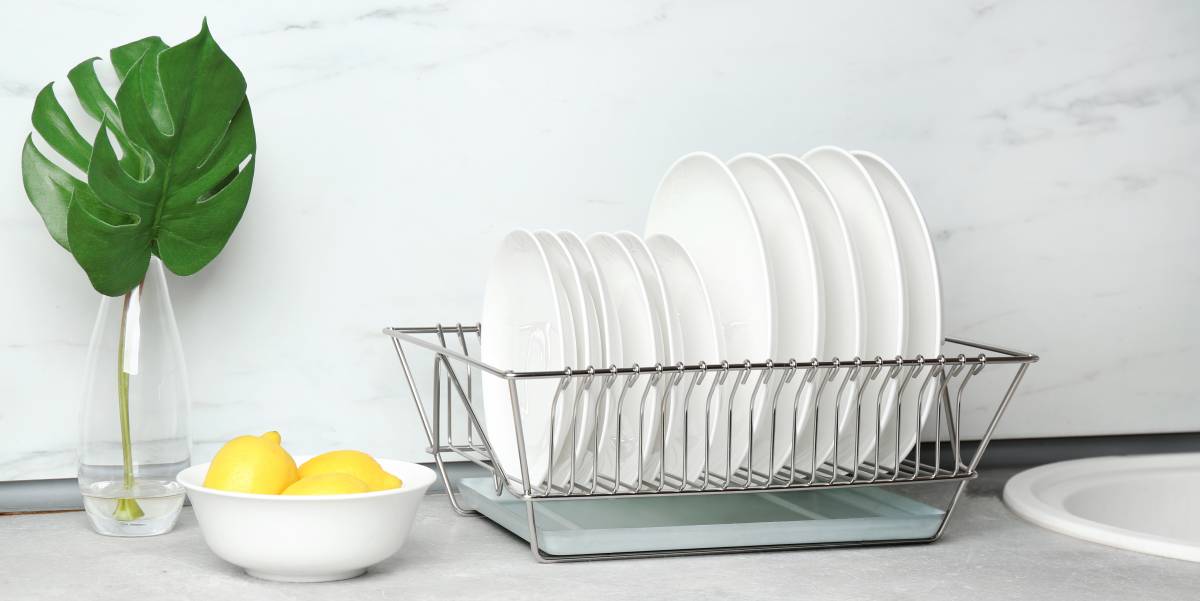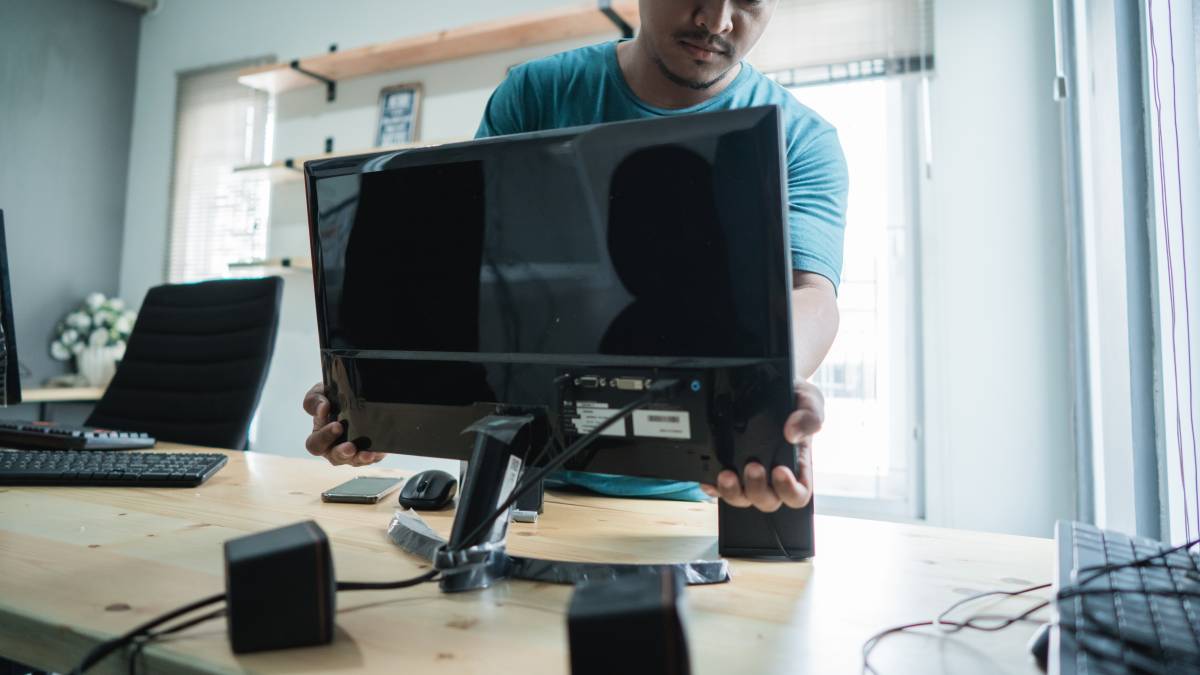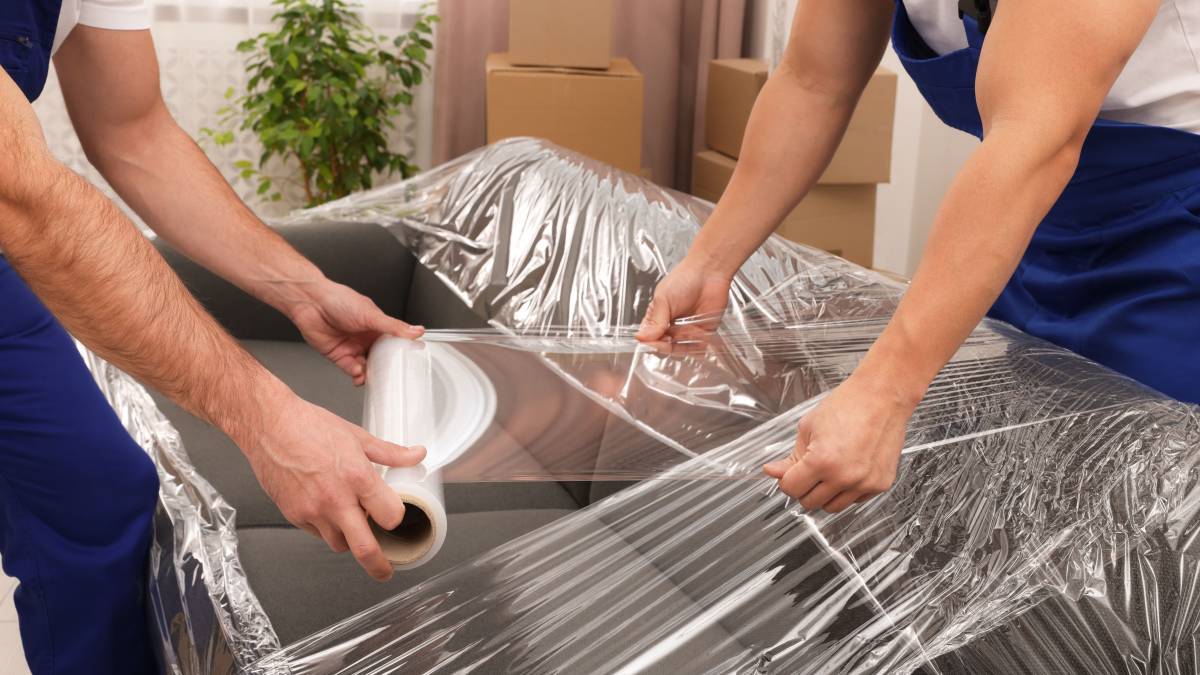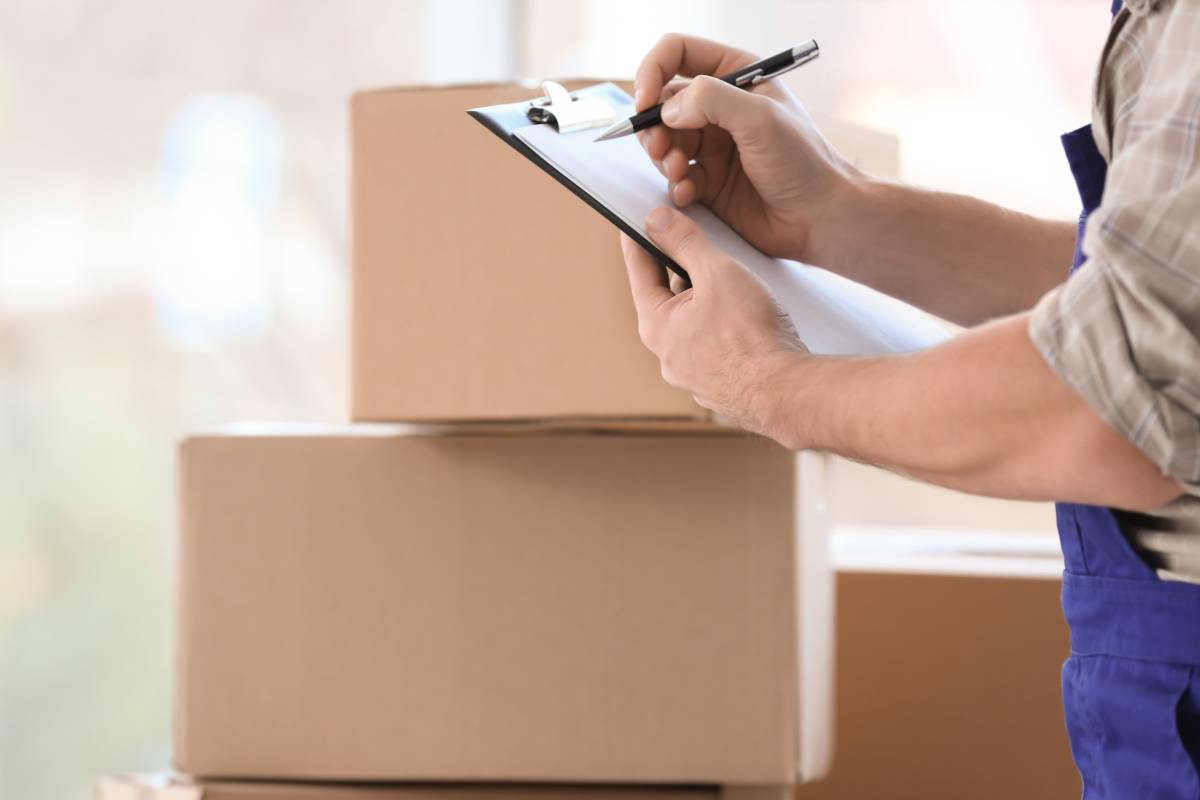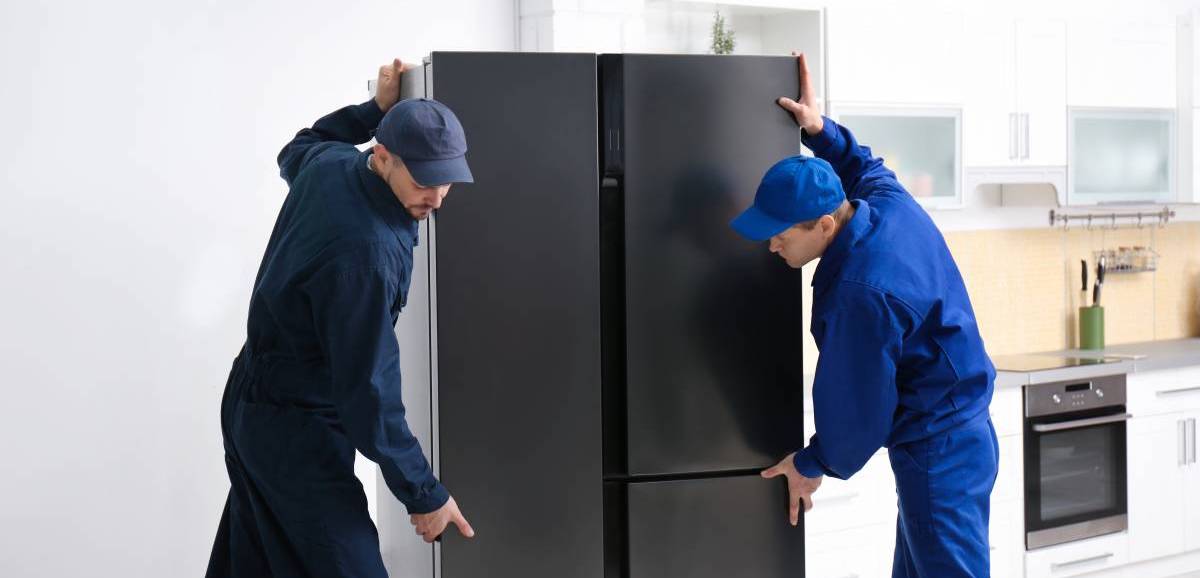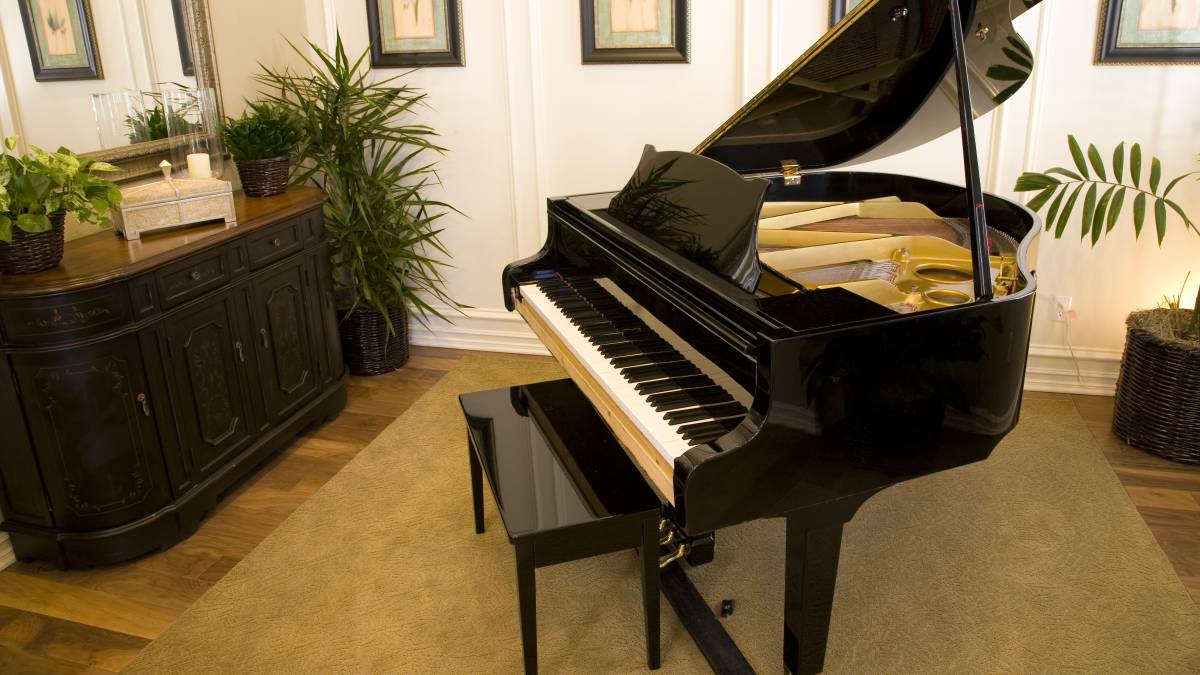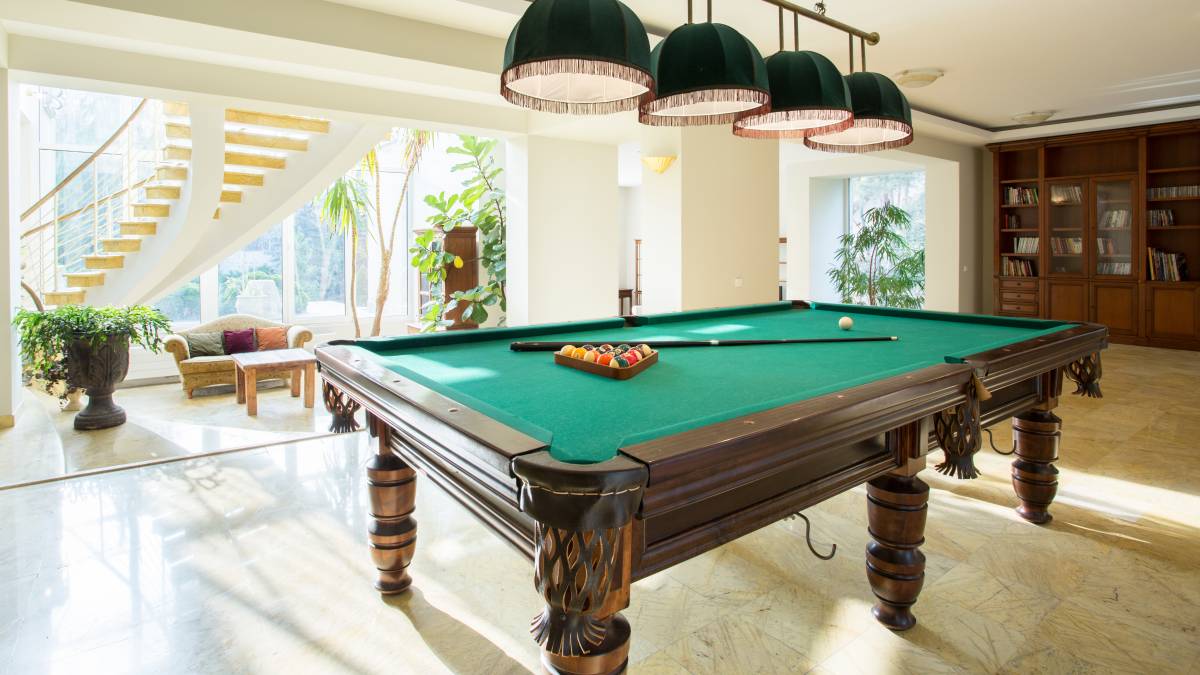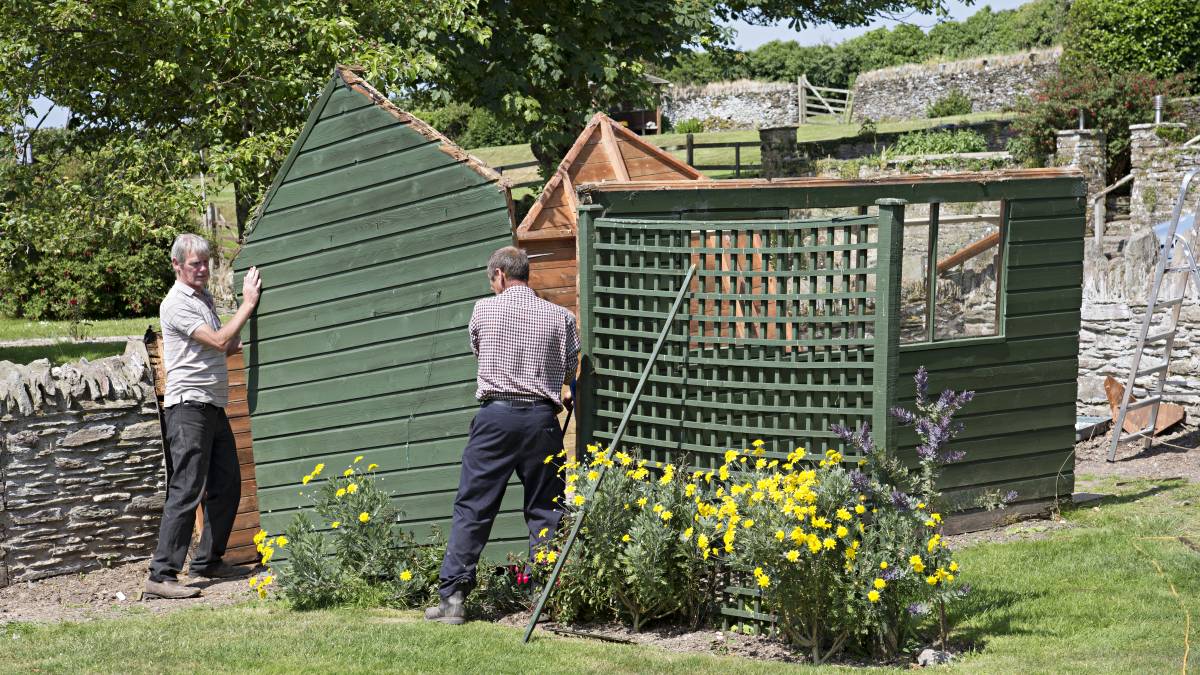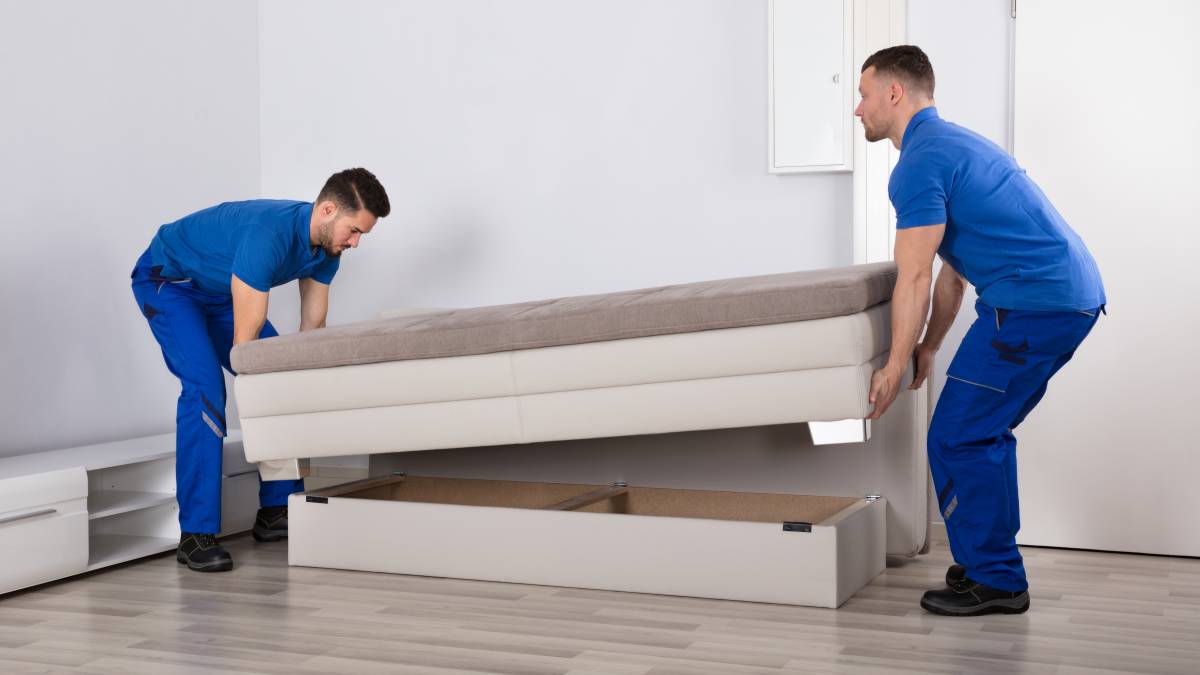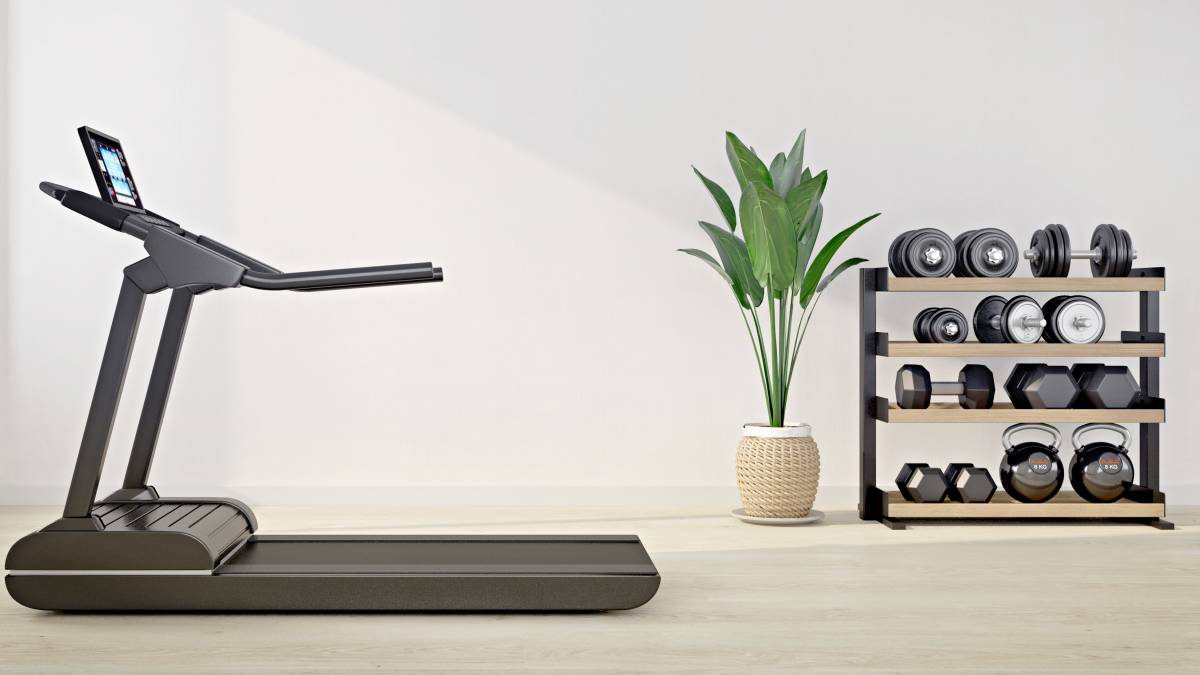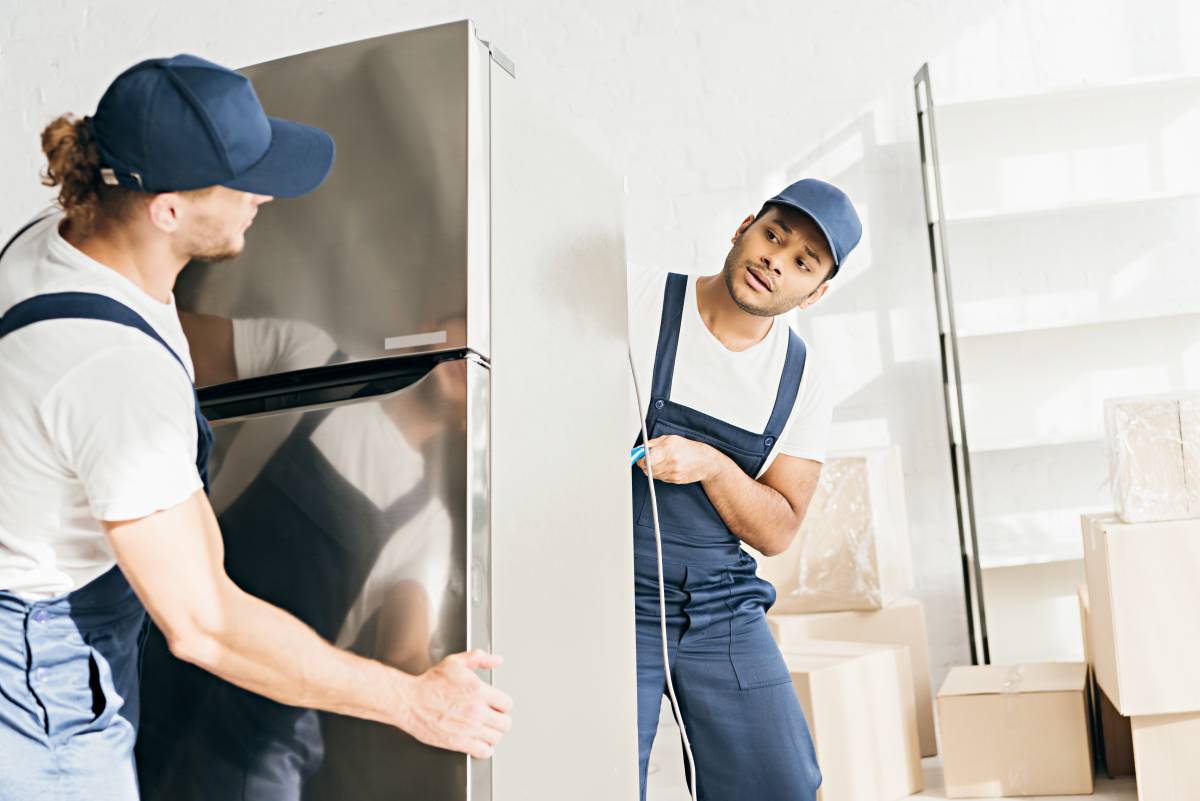- Home/
- Guides/
- Piano Movers/
- How to Move a Piano
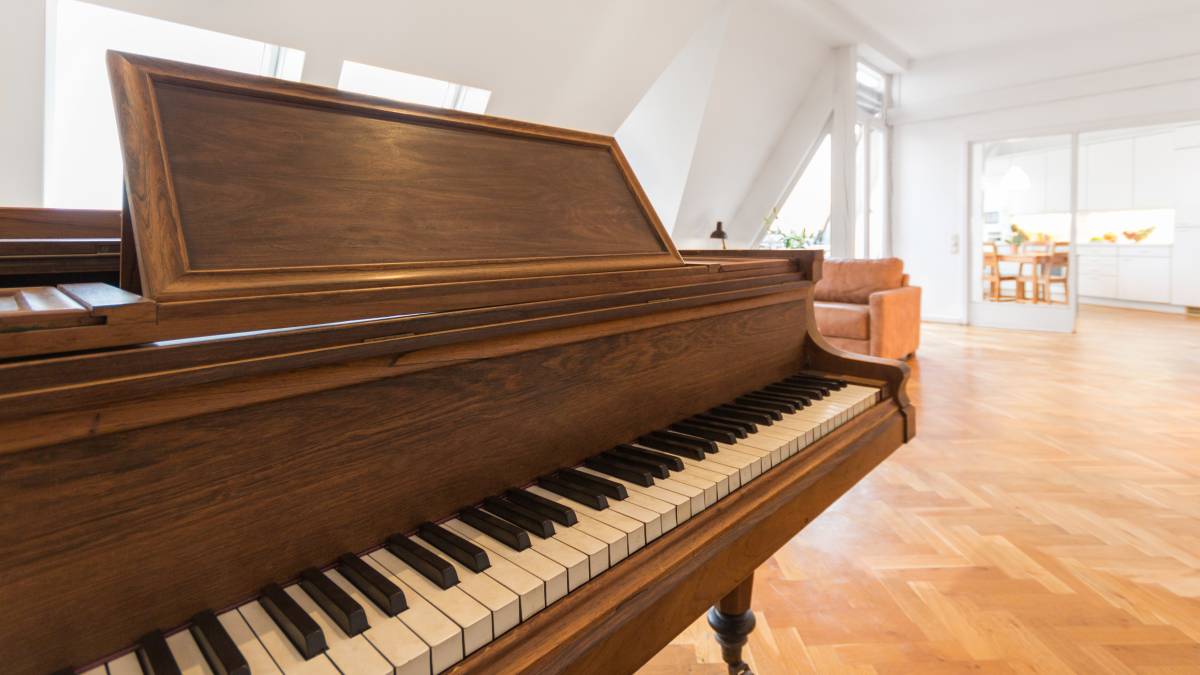
How to move a piano without damaging it
Move your piano to another floor or house safely. Here are the necessary tools and steps you need to know!
Find piano moversLast Updated on
Most decades-old pianos are handmade, rare, and fragile. Their quality components and mechanisms require careful handling, so it would be difficult how to move a piano without causing damage. However, the right equipment and instructions can help you move your piano to another floor or home. Here's a short guide to moving a piano safely.
What you’ll need
Here are the supplies to help you how to move a heavy piano.
Tape measure
Moving or packing blankets
Moving straps
Piano dolly or piano board
Metal stair ramps
Masking tape
Packing tape
Work gloves
Box truck
The best way to move a piano: A step-by-step guide
Here are the steps for moving a piano or upright piano effectively.
Step 1: Measure the piano and its pathways
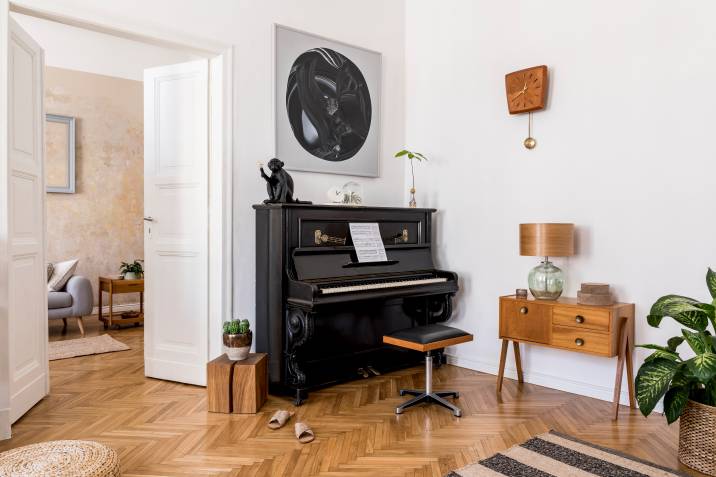
Trace the piano’s path through the house and out the exit door. Use the tape measure to note the piano’s height and width and your rented dolly or board. Then, recall the path from the piano to the exit door and measure all the doorways, staircases, and hallways the piano has to pass through.
If the piano’s measurements won’t fit through your first path, map out a second path and measure all the areas where you can move the piano without a problem.
Step 2: Clear furniture and other obstacles
Move all the furniture, appliances, and other obstacles along the piano’s travel path. Ideally, you can lift some of them out of the piano’s pathway if pushing them away isn’t enough. You can store them in the garage or shed before moving the piano.
Step 3: Set up stair ramps
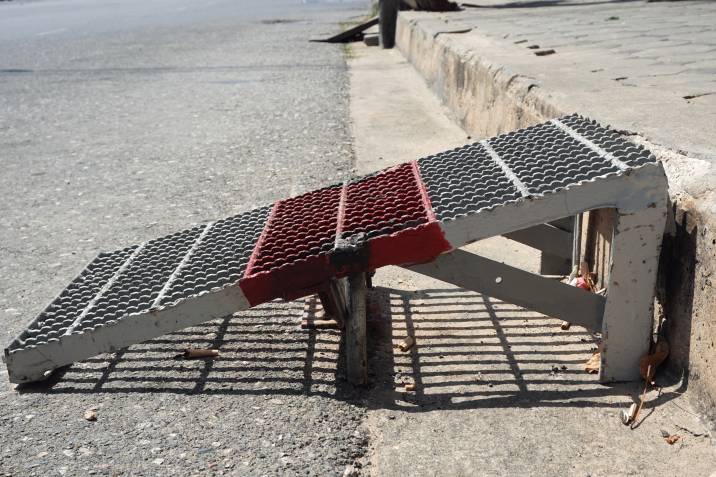
Recall the length of the staircase from your measurements when renting a metal stair ramp. Most dolly or piano board rental companies also provide ramps of various sizes.
When setting it up, lay down the ramp with the corresponding dimensions for each staircase in your home. Secure the ramp to the floor to keep it from sliding once you roll the piano over it.
Step 4: Wear gloves and the right clothes
Work gloves have enough padding to protect against injuries and give you a good grip. Wear plain, non-baggy clothes that won’t snag on various parts of the piano, ramps, and other areas you’ll pass through when moving with the piano.
Step 5: Cover and secure the piano keyboard
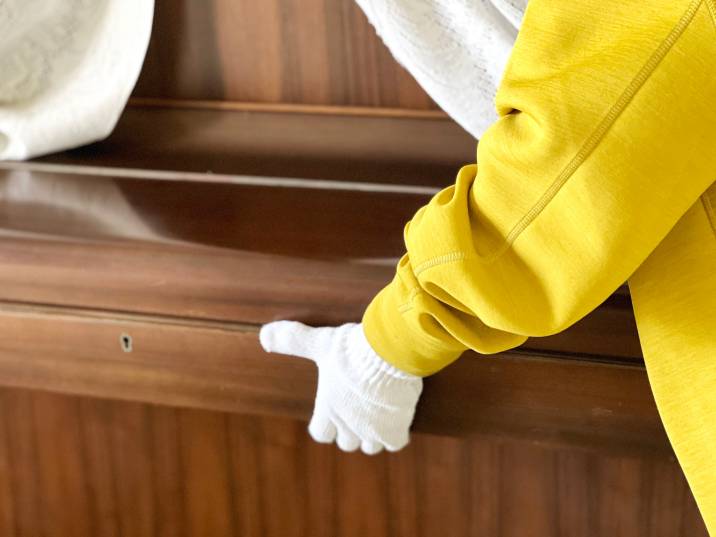
Most upright and grand pianos have lids that protect the keys from dust. Close and shut the lid, then lock it if possible. You can cover the entire piano keyboard with packing tape if it has no keyboard lid installed (or if it has come loose due to age).
Step 6: Pad the piano with fabric
Wrap the piano with moving blankets to protect its surface. Aged pianos typically have lacquered and painted surfaces that suffer from impact damage easily. Use the moving blankets to cover the piano and protect its surface. Use packing tape to keep the moving blankets in place and bound above the piano.
For upright pianos, leave an opening for the cylindrical handles underneath the piano to help lifters to hoist the piano on the dolly.
Step 7: Ask for help to lift the piano
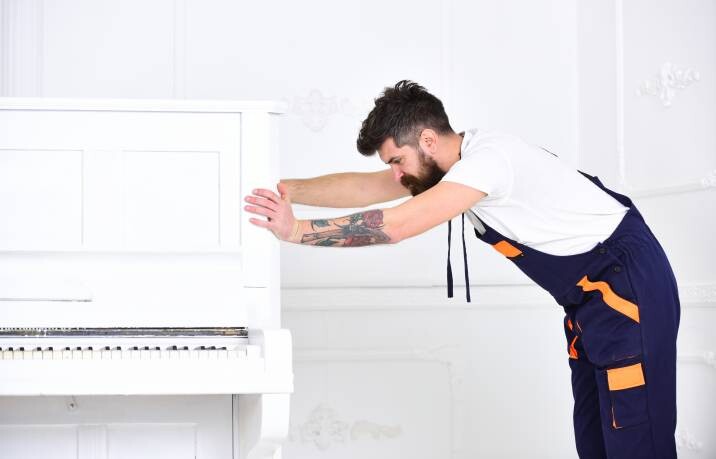
You can ask a few people strong enough at home or in the neighborhood to lift the piano with you. Depending on its size, you may need two or three extra people, including yourself, to lift a grand piano above the dolly or piano board. You can also let the pros do the heavy lifting for you.
Step 8: Secure it with moving straps
Run at least two or three moving straps over the blanketed piano and into the various secure slots on the piano dolly before locking it in place.
Moving straps have varying locking mechanisms, so ask the rental company or check its manual for instructions and practice doing it before securing your piano in place. Ensure the straps have enough tension to hold the piano in place.
Once it’s secured with straps, ask another person to push the piano as you start rolling it from its position. Take extra care pushing the piano over the stair ramps. Be sure the person in front of the piano is wearing footwear with a non-slip grip and strength for support when descending the stairs.
Step 9: Load the piano up the truck with a ramp
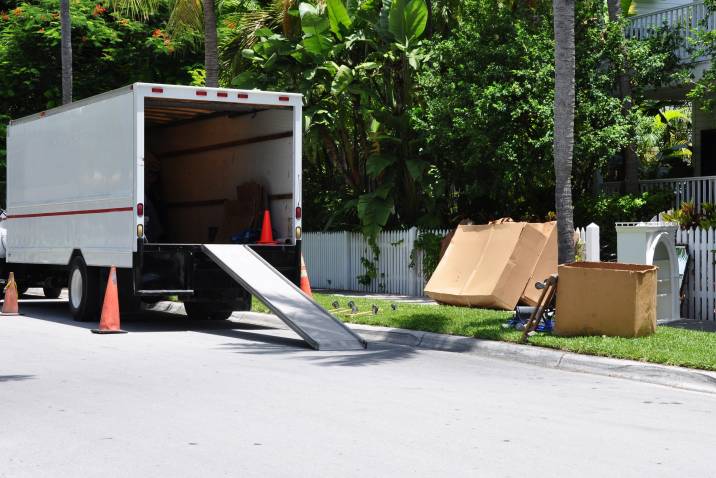
Using a metal ramp, have someone secure it as you roll the piano into the box container. Ensure that the person pushing up the ramp has enough strength to do so or ask help from others to push the piano effectively.
Additional tip: Bring metal ramps on the truck if you’re moving the piano to an upper floor in the new location.
☞ Read also: How much does it cost to move a piano?
Step 10: Secure the piano on the support rails
Most box truck rentals have moving straps to secure heavy appliances and furniture. You can use these to secure the piano on their support rails. Then, check the dolly or piano board’s wheels for any locking mechanisms to prevent extra movement once the truck starts moving.
Step 11: Unload the piano
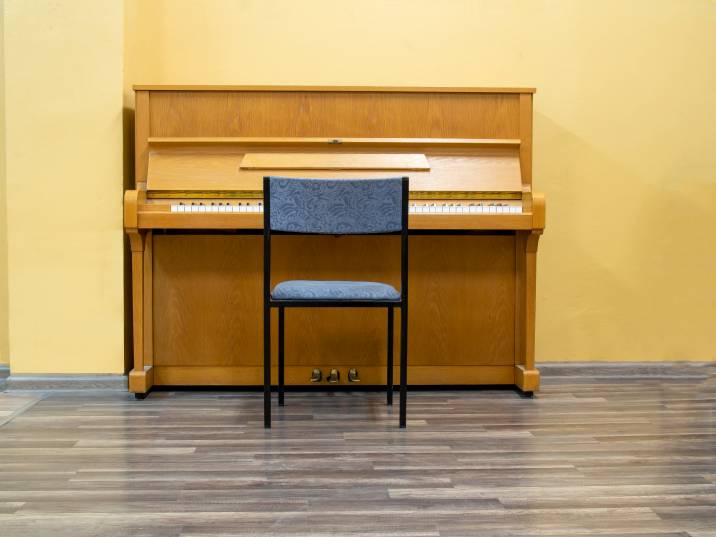
Undo the moving straps securing the piano against the support rails. Next, unlock the dolly or piano board’s wheels. Ask the mover to support the piano’s descent on the ramp. Once again, measure the doors, stairwells, and various areas the piano has to pass through in the new location before placing metal ramps and rolling the piano to its final position.
Move your piano safely
If you don't have time to move your piano on your own, it's easy to find piano movers with decades of experience and the right tools to move these timeless musical pieces without damage. Trusted movers understand the care, attention to detail, and the highest quality of service needed to transport your piano safely and give you peace of mind.
Airtasker lets you find professional removalists within reach. Just create a job listing with your budget, address, piano type and weight, and transportation address to find an expert mover who can transport your piano in no time!
Find piano movers, fast
Find a piano mover
FAQs on moving a piano
Yes, it is. But how do you move an upright piano by yourself if its weight is beyond what you can carry? You can do the equipment rental and measuring, but you’ll need a few more people to help you lift, roll, and transport the piano to its new location.
Moving a piano can cost between $150 to $2,000. Factors that increase your piano moving costs include the piano type and weight, distance, moving equipment, special packing, and rush and scheduling fees.
A small grand or upright piano inside residences typically weighs 397 to 595 lbs (180 to 270 kg). Large grand pianos could weigh up to 1,212 lbs (550 kg), which requires special lifting equipment, numerous strong men, and a capable dolly to move.
Yes, it can, but it can be inconvenient to reassemble it later. Also, disassembling old and aged pianos may damage their smaller components and affect the piano’s sound, integrity, and lifespan. Moving them intact is still the best option.
Related articles
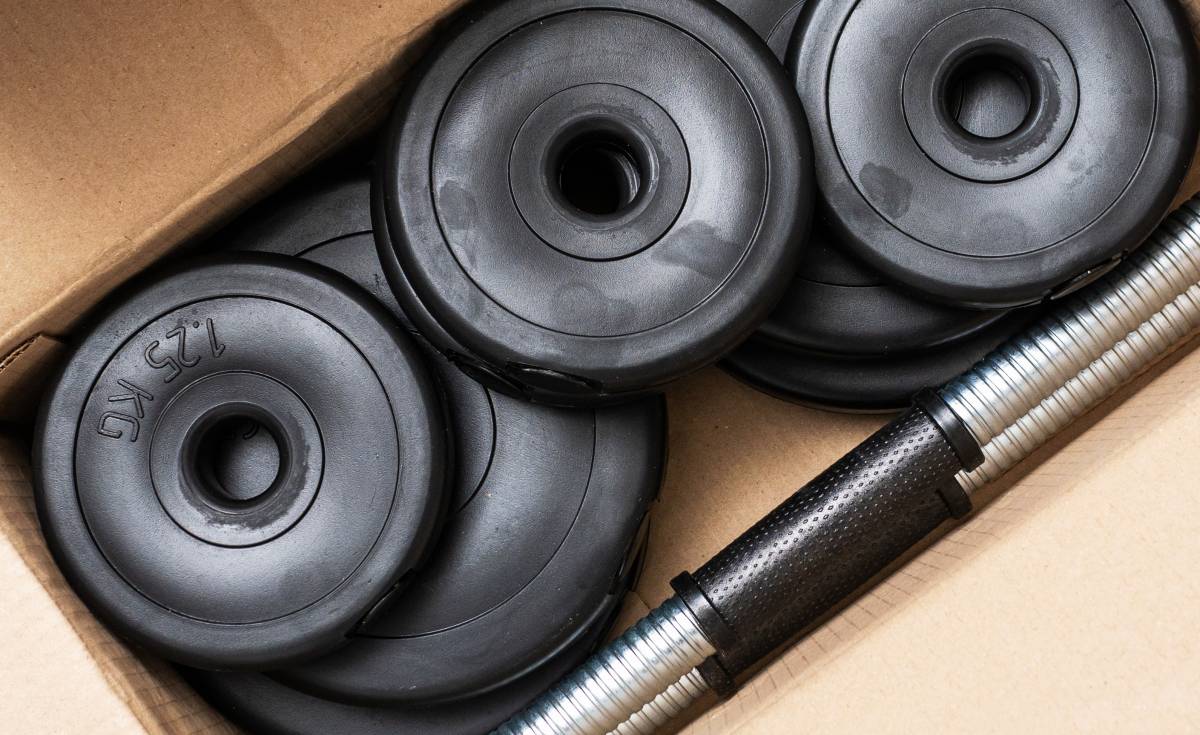
How to move gym equipment safely
Read more
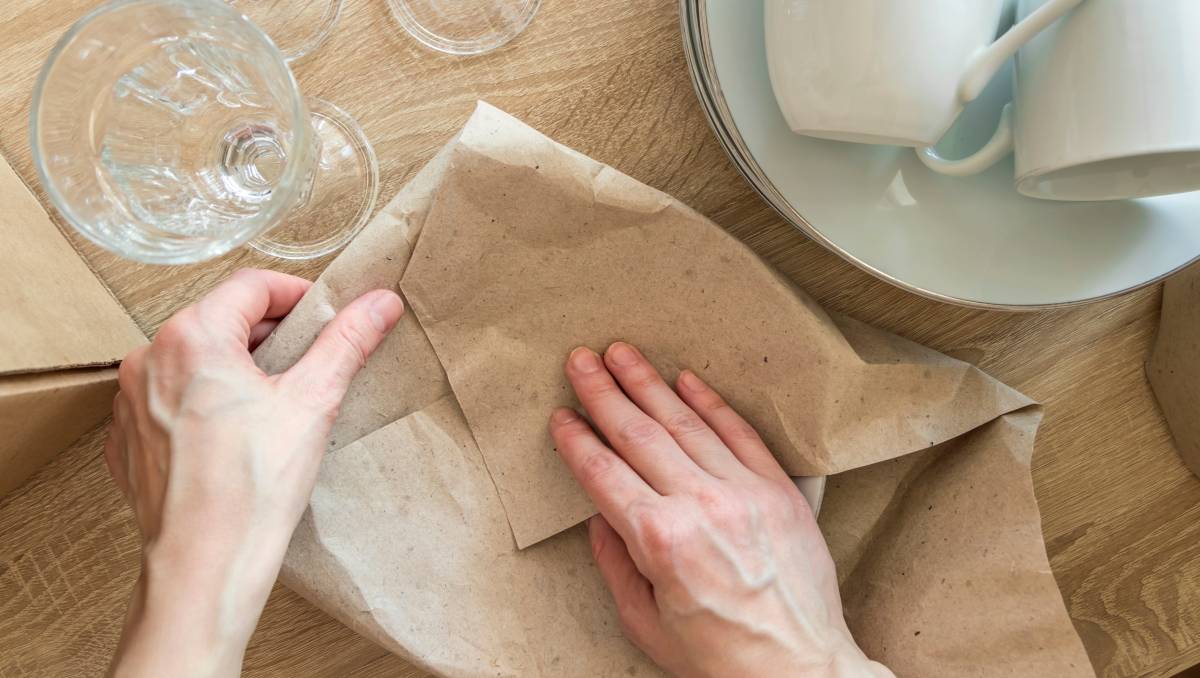
How to pack kitchen items
Read more

How to pack artwork for moving
Read more

Tips for moving house with kids
Read more
Related price guides
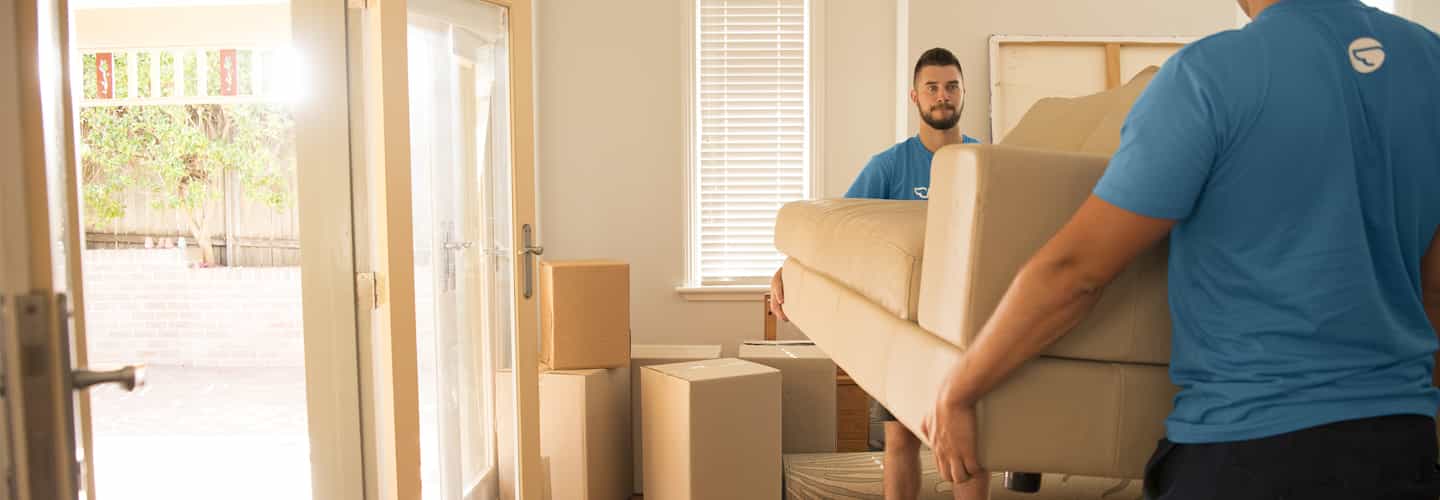
How much does a removalist cost?
Read more
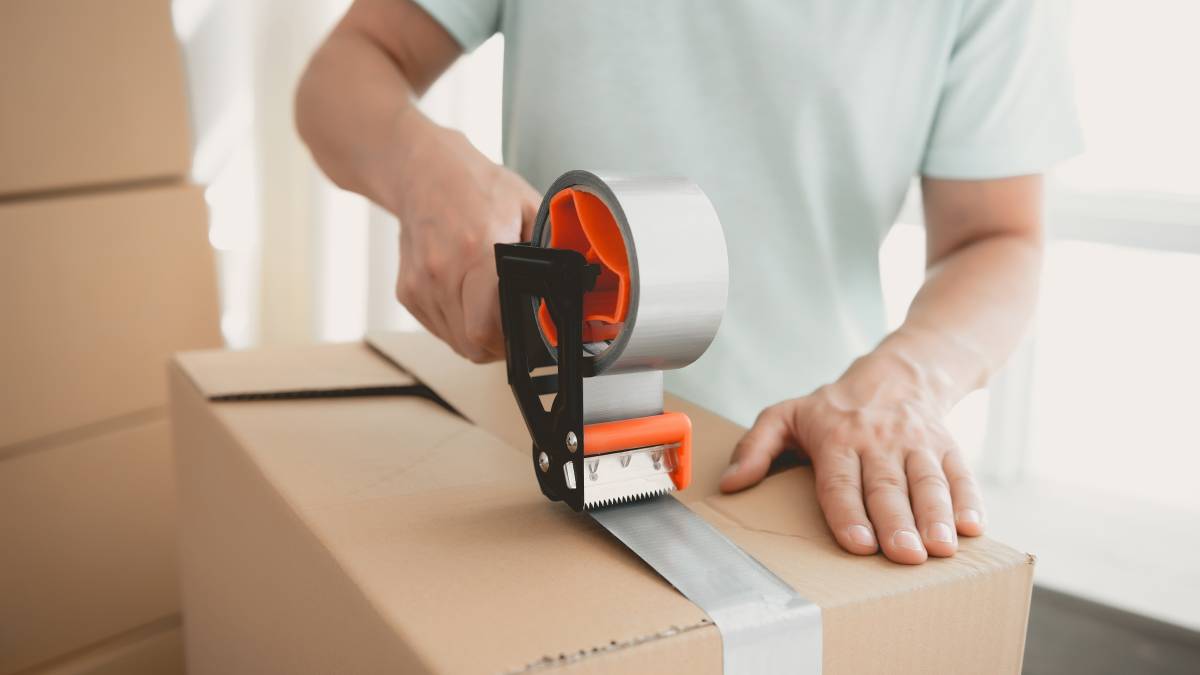
How much do packers cost?
Read more

How much does mattress removal cost?
Read more
Let's do this!
It's free and takes only a minute.
